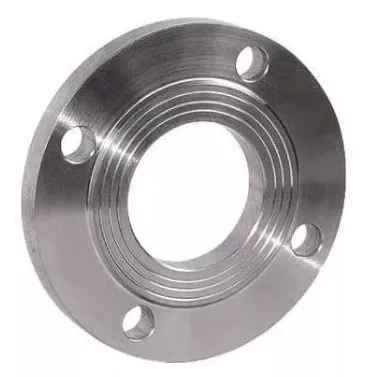-
Cangzhou Yulong Steel Co., Ltd.
-
Phone:
+86 13303177267 -
Email:
admin@ylsteelfittings.com
- English
- Arabic
- Italian
- Spanish
- Portuguese
- German
- kazakh
- Persian
- Greek
- French
- Russian
- Polish
- Thai
- Indonesian
- Vietnamese
- Zulu
- Korean
- Uzbek
- Hindi
- Serbian
- Malay
- Ukrainian
- Gujarati
- Haitian Creole
- hausa
- hawaiian
- Hebrew
- Miao
- Hungarian
- Icelandic
- igbo
- irish
- Japanese
- Javanese
- Kannada
- Khmer
- Rwandese
- Afrikaans
- Albanian
- Amharic
- Armenian
- Azerbaijani
- Basque
- Belarusian
- Bengali
- Bosnian
- Bulgarian
- Catalan
- Cebuano
- China
- China (Taiwan)
- Corsican
- Croatian
- Czech
- Danish
- Esperanto
- Estonian
- Finnish
- Frisian
- Galician
- Georgian
- Kurdish
- Kyrgyz
- Lao
- Latin
- Latvian
- Lithuanian
- Luxembourgish
- Macedonian
- Malgashi
- Malayalam
- Maltese
- Maori
- Marathi
- Mongolian
- Myanmar
- Nepali
- Norwegian
- Norwegian
- Occitan
- Pashto
- Dutch
- Punjabi
- Romanian
- Samoan
- Scottish Gaelic
- Sesotho
- Shona
- Sindhi
- Sinhala
- Slovak
- Slovenian
- Somali
- Sundanese
- Swahili
- Swedish
- Tagalog
- Tajik
- Tamil
- Tatar
- Telugu
- Turkish
- Turkmen
- Urdu
- Uighur
- Welsh
- Bantu
- Yiddish
- Yoruba

Nov . 20, 2024 08:42 Back to list
different types of flanges used in piping
Different Types of Flanges Used in Piping
Flanges are essential components in piping systems, serving as a critical junction for connecting pipes, valves, pumps, and other equipment. They facilitate easy disassembly for maintenance and inspection, making them indispensable in various industries, including oil and gas, water supply, and chemical processing. Understanding the different types of flanges available is crucial for selecting the right one for a specific application. Below are some commonly used types of flanges in piping systems.
1. Weld Neck Flange Weld neck flanges are characterized by a long neck that allows for gradual transition from the flange to the pipe. This design minimizes stress concentration and provides excellent strength and integrity, making it ideal for high-pressure applications. They are commonly used in industries requiring robust and reliable connections, such as oil and gas pipelines.
Different Types of Flanges Used in Piping
3. Blind Flange Blind flanges are solid round discs used to seal the end of a piping system. They are crucial for stopping the flow of fluids, whether for maintenance or to close off unused lines. Blind flanges provide an effective means of pressure retention and are often employed in both high and low-pressure environments.
different types of flanges used in piping

4. Threaded Flange Threaded flanges have internal threads that allow them to be screwed onto the pipe. This design is useful in situations where welding is not feasible. They are suitable for low-pressure applications and provide a simple and effective way to connect piping without the need for welding.
5. Lap Joint Flange Lap joint flanges consist of two parts a stub end and a loose flange. The stub end is welded to the pipe, while the loose flange can be rotated around the stub end, allowing for easy alignment and disassembly. These flanges are particularly useful in applications where frequent maintenance is necessary.
6. Socket Weld Flange Socket weld flanges are installed by inserting the pipe into a socket and then welding around the joint. This creates a strong connection and is often used in high-pressure and high-temperature applications.
In conclusion, selecting the right type of flange is essential for ensuring the integrity and efficiency of a piping system. Each type of flange offers unique benefits and limitations, making it crucial to consider factors such as pressure rating, fluid type, and maintenance needs when making a choice. Understanding these differences can lead to better decision-making and enhanced performance in industrial piping applications.
Latest news
-
ANSI 150P SS304 SO FLANGE
NewsFeb.14,2025
-
ASTM A333GR6 STEEL PIPE
NewsJan.20,2025
-
ANSI B16.5 WELDING NECK FLANGE
NewsJan.15,2026
-
ANSI B16.5 SLIP-ON FLANGE
NewsApr.19,2024
-
SABS 1123 FLANGE
NewsJan.15,2025
-
DIN86044 PLATE FLANGE
NewsApr.19,2024
-
DIN2527 BLIND FLANGE
NewsApr.12,2024
-
JIS B2311 Butt-Welding Fittings LR/SR 45°/90° /180°Seamless/Weld
NewsApr.23,2024











